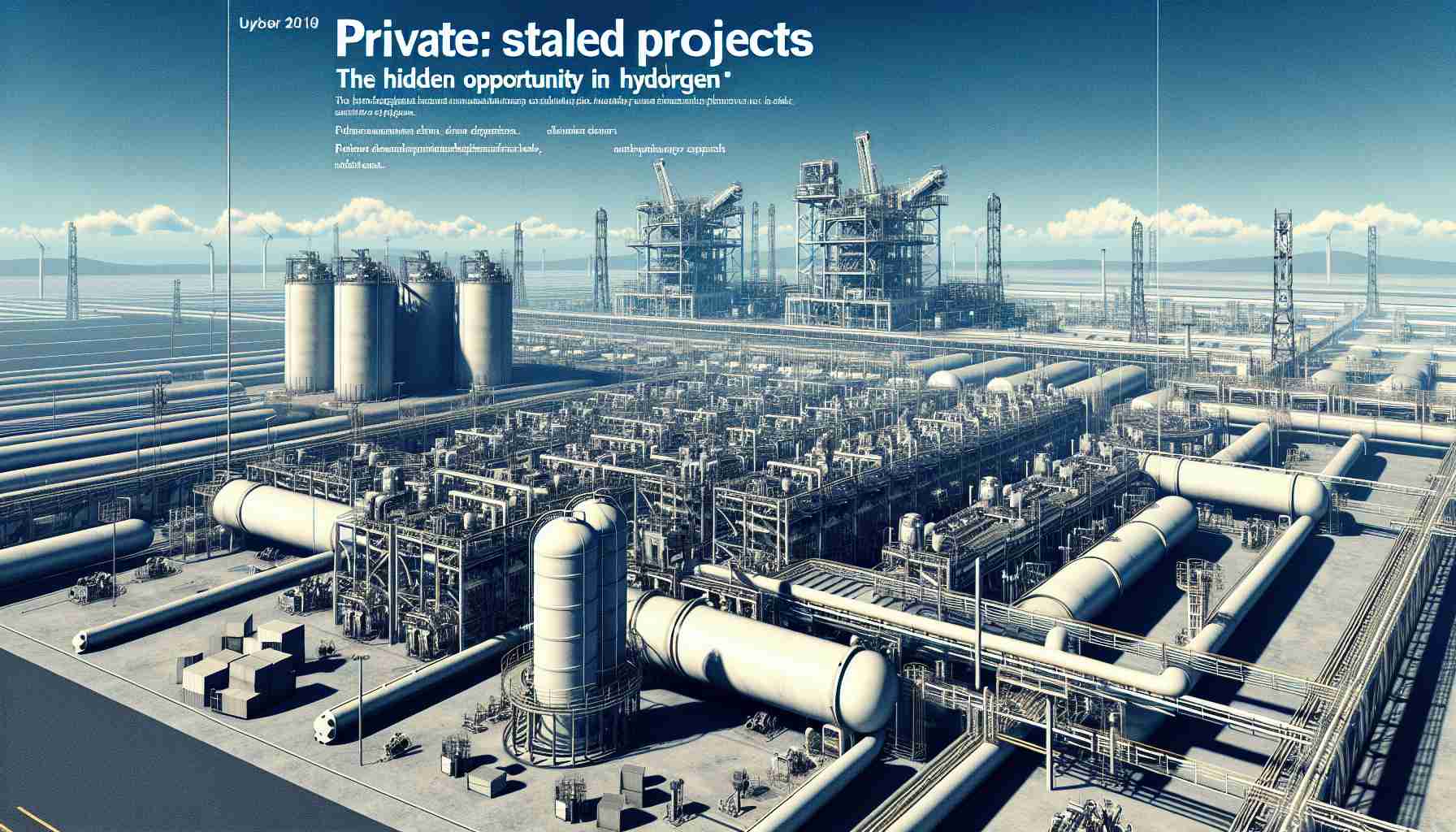Understanding the Current Landscape of Clean Hydrogen
The clean hydrogen industry has faced challenges since 2023, with a noticeable slowdown in project developments. A recent report from the Department of Energy highlights the significant impacts of unclear policies and insufficient offtake agreements that have contributed to this stagnation. Despite these hurdles, the report reveals a promising outlook for hydrogen exports from the United States.
According to the findings, the cost of exporting clean hydrogen from the US to markets in Europe and Japan remains competitive. In fact, US exports could be more affordable than those from some of its international competitors. This is a crucial insight, as these regions are actively seeking reliable and sustainable hydrogen sources to meet their energy goals.
The Department of Energy’s analysis emphasizes that while domestic project progress may be lacking, the potential for lucrative international markets could drive future developments. As global demand for clean energy solutions increases, the United States stands poised to play a vital role in hydrogen supply.
In conclusion, while current project pipelines may be stagnant, there is a clear pathway for the US to capitalize on its exporting capabilities. This situation presents an opportunity to revitalize the clean hydrogen sector, shaping a more sustainable energy future.
Exploring the Broader Implications of Clean Hydrogen Development
The evolving landscape of the clean hydrogen industry extends well beyond its immediate challenges. As research and development in this sector continue, the intersection of energy innovation and global geopolitics becomes increasingly critical. Countries with significant hydrogen export capabilities, such as the United States, may influence energy independence for nations reliant on fossil fuels. Moreover, this shift could redefine international alliances, as nations seek collaborative approaches to meet their renewable energy targets.
The environmental impact of hydrogen production is also noteworthy. Clean hydrogen can significantly reduce carbon emissions when produced from renewable sources, marking a pivotal shift towards sustainable energy. However, the environmental cost of hydrogen production should not be overlooked. The methods used, particularly in terms of water use and land requirements, must balance sustainability with efficiency to prevent ecological degradation.
Looking ahead, the long-term significance of hydrogen adoption is profound. As technology for hydrogen fuel cells matures, transportation sectors—ranging from heavy-duty trucks to maritime shipping—may transition to hydrogen, ultimately reshaping global logistics and trade. With regulations tightening around carbon emissions and a collective urgency to combat climate change, the focus on clean hydrogen could catalyze a new era of sustainable economic development, driving innovations that augment energy stability while steering society towards a greener future.
Unlocking the Future: Clean Hydrogen’s Potential for Global Markets
Understanding the Current Landscape of Clean Hydrogen
The clean hydrogen industry is at a pivotal moment, having encountered significant challenges since 2023. Among the primary issues are unclear policies and a lack of sufficient offtake agreements, which have led to a slowdown in project developments. However, insights from a recent Department of Energy report highlight a promising avenue: the potential for hydrogen exports from the United States.
Key Highlights from the Department of Energy Report
1. Competitive Export Costs: The analysis indicates that the cost of exporting clean hydrogen from the US to key markets like Europe and Japan is competitive—even more so than some international rivals. This positions the US as a strategic player in the global hydrogen supply chain.
2. Growing International Demand: Regions such as Europe and Japan are rapidly seeking reliable and sustainable hydrogen sources to meet their ambitious energy goals. As these markets expand, the US could fulfill a significant portion of their hydrogen requirements.
3. Future Market Outlook: Despite stagnant domestic project pipelines, the international landscape presents lucrative opportunities. The increasing global demand for clean energy solutions suggests that as policies become clearer and more supportive, the hydrogen sector could witness revitalization.
Pros and Cons of Clean Hydrogen
Pros:
– Sustainability: Clean hydrogen serves as a zero-emission energy source, crucial for achieving climate goals.
– Job Creation: Expanding the hydrogen industry creates new employment opportunities across various sectors.
– Energy Security: Diversifying energy sources with clean hydrogen can enhance national energy security.
Cons:
– Infrastructure Needs: Current infrastructure may not be sufficient to support widespread hydrogen adoption.
– Cost Considerations: Initial investment for production facilities can be high, potentially deterring development.
– Technological Maturity: Many hydrogen production technologies are still in the development phase, requiring more time and research.
Innovations and Technologies in Clean Hydrogen
The clean hydrogen landscape continues to evolve with several innovations on the horizon:
– Electrolysis Advances: New electrolyzer technologies are improving hydrogen production efficiency and reducing costs.
– Carbon Capture Integration: Combining hydrogen production with carbon capture and storage (CCS) technologies can significantly reduce emissions.
– Hydrogen Storage Solutions: Innovations in storage methods are essential to overcoming the significant challenges related to hydrogen’s low energy density.
Use Cases for Clean Hydrogen
The clean hydrogen market presents various promising applications, such as:
– Transportation: Hydrogen fuel cells are increasingly used in public transportation and heavy-duty vehicles.
– Industrial Applications: Industries such as steel manufacturing are exploring hydrogen as a cleaner alternative to traditional fossil fuels.
– Energy Storage: Hydrogen can act as a storage medium for excess renewable energy, helping stabilize the grid.
Pricing Trends and Market Predictions
As investment flows into the clean hydrogen sector, we can expect:
– Price Volatility: Initial production costs might be high, but economies of scale will likely lead to reduced prices over time.
– Increased Investor Interest: As global policies shift toward sustainability, more investors may seek opportunities within the hydrogen market.
Conclusion
While the US clean hydrogen project pipeline may currently face challenges, the potential for exporting hydrogen positions the country favorably in the global market. With a carefully constructed policy framework and strategic investments, the US has the opportunity to emerge as a leading supplier of clean hydrogen, shaping a more sustainable energy future for all.
For more information on clean hydrogen innovations, visit the Department of Energy.












